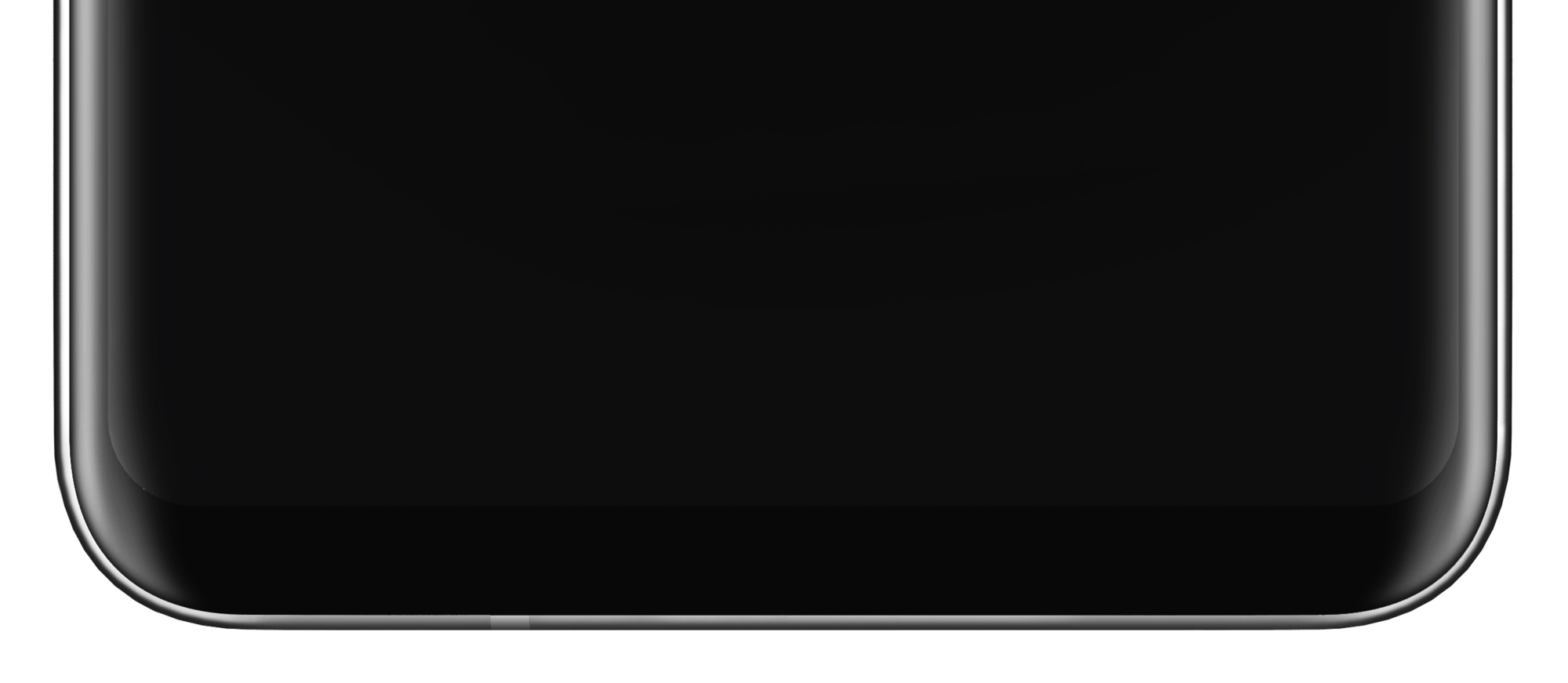|
LG�s next flagship
smartphone will feature a plastic OLED FullVision display.
Beyond their slim profile and excellent
visuals, OLED displays in smartphones are ideal for VR
applications, one of the key growth areas in the smartphone
industry.
�Expertise in OLED has long been a core
competency of LG, and the technology has always been seen as a
potential value-add for smartphones,� said Juno Cho, president of
LG Electronics Mobile Communications Company. �With competition in
the global smartphone space fiercer now than ever, we felt that
this was the right time to reintroduce OLED displays in our mobile
products.�
With consumers seeking bigger displays but
eschewing larger phones that are uncomfortable to hold in one
hand, LG�s FullVision display is a key contributor in the trend
toward minimized bezels in smartphones.

At six inches, the
OLED FullVision display will be LG�s largest in four years while
the actual body will be smaller than last year�s LG V20. As the
upper and lower bezels have been reduced by 20 and 50% when
compared to the V20, the LG logo has been moved from the bottom of
the display to the back of the phone to maximize viewable screen
space.
The FullVision display�s immersive and expansive
visual experience is enhanced on the 4.15 million pixels of the
QHD+ (1440 x 2880) OLED screen. The image quality is achieved
via emissive OLED technology which reproduces black and
colors with greater accuracy across a wider color spectrum.
LG says that visuals on the OLED display
deliver 148% of the sRGB color space for digital images
and 109% of the DCI-P32 color space for digital cinema.
Another intrinsic advantage of OLED technology is operational
response time, which is tens of times faster than LCD. This
accelerated response time effectively eliminates afterimages, an
important consideration for action movies and VR. And with support
for HDR10, watching compatible movies and videos on this display
offers a whole new mobile experience.
Because the screen in the upcoming
smartphone will be based on plastic OLED technology - also known
as P-OLED - the edges can be curved to allow for a more ergonomic
design and a better feel in the hand.
P-OLED is created by placing
pixels on a plastic substrate which is much stronger than a glass
base. What�s more, the display is protected by Corning Gorilla
Glass 5 that incorporates shatter-resistant technology, while encapsulation significantly reduces
oxidation of the pixels and LG�s pixel-scanning technology allows
for less energy to be applied to each pixel, also saving battery
power.
|
Headlines: |
|
See latest
HD Video
Interviews,
Podcasts
and other
news regarding:
LG,
Mobile.
|

